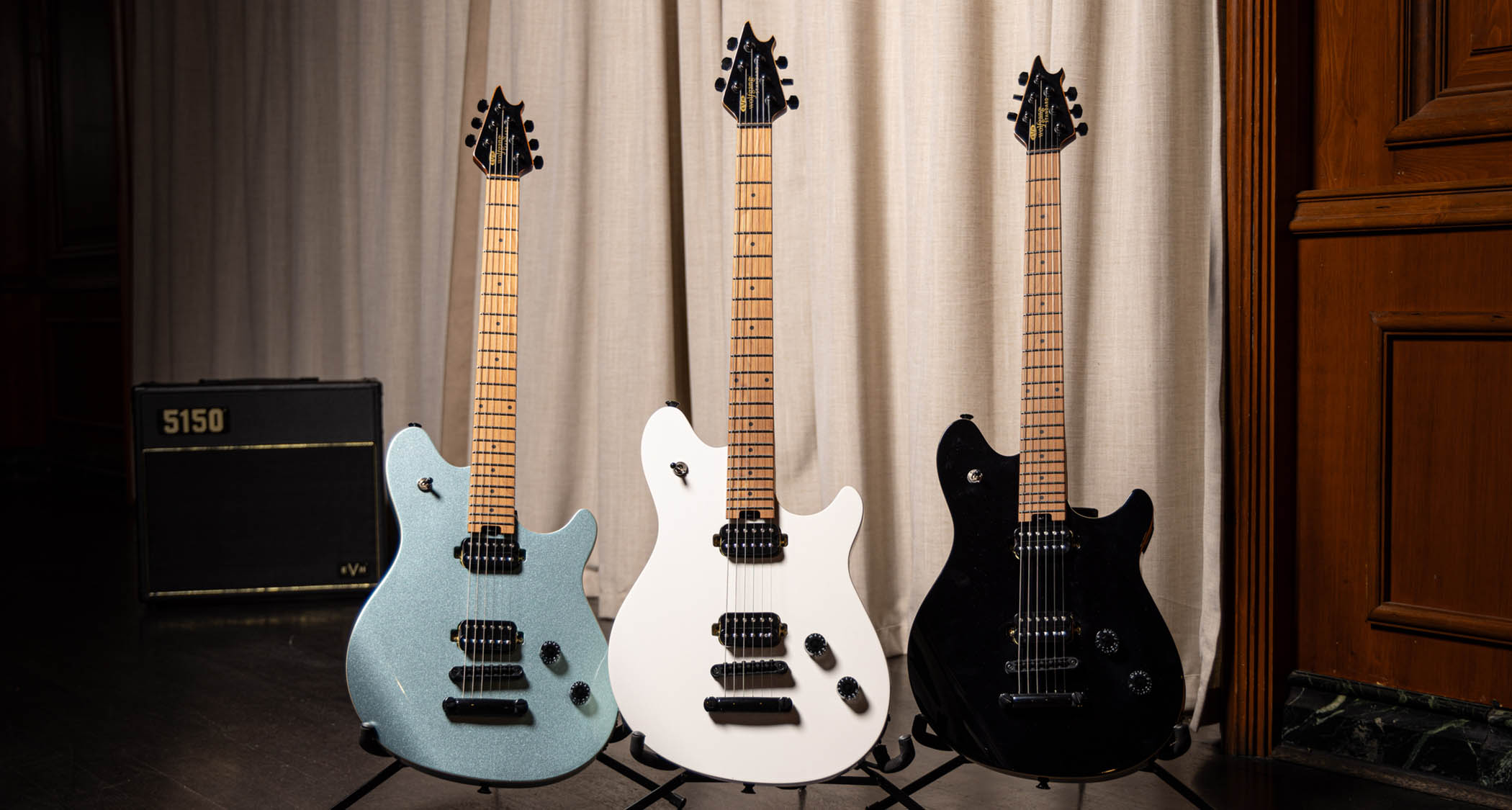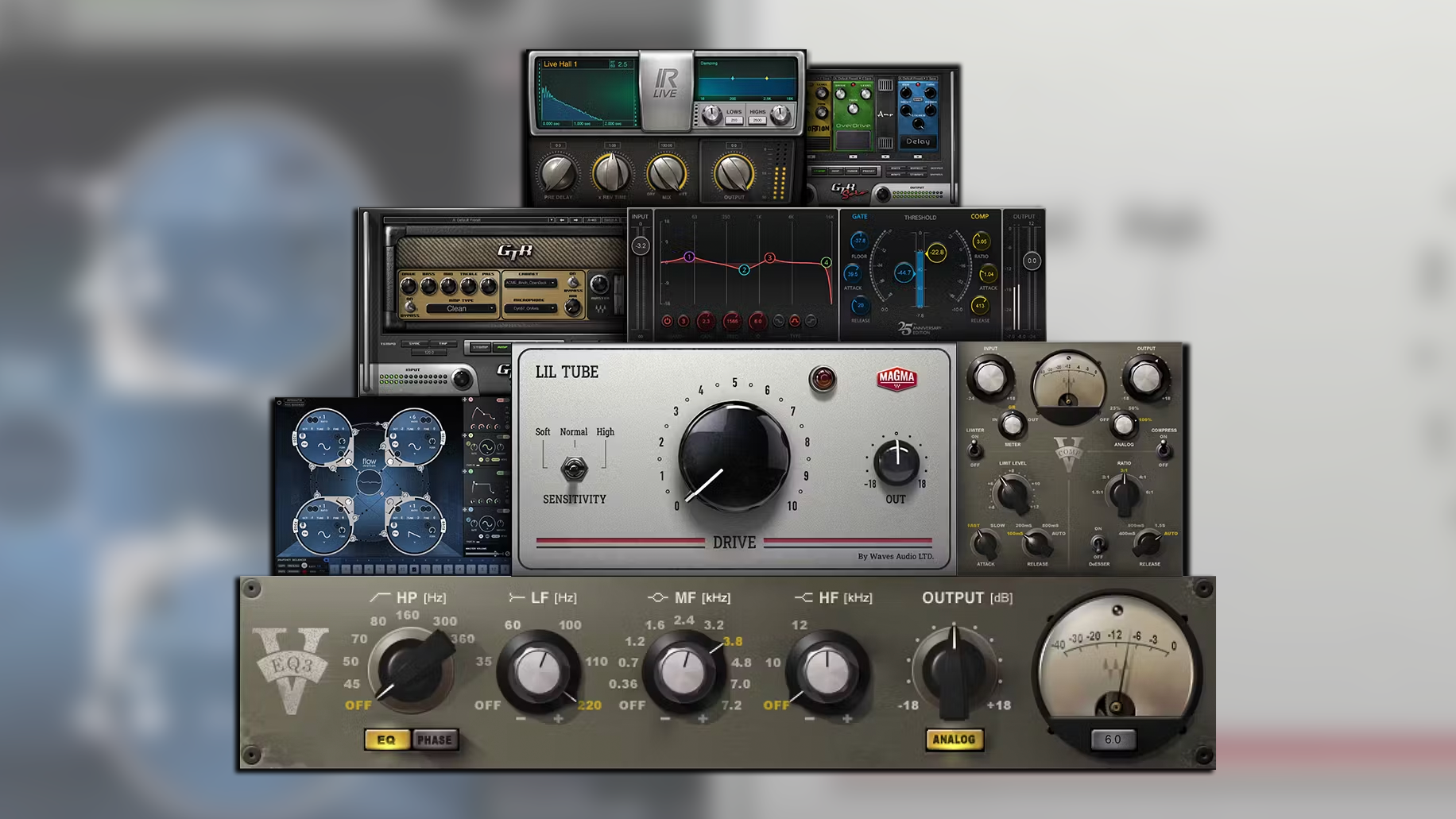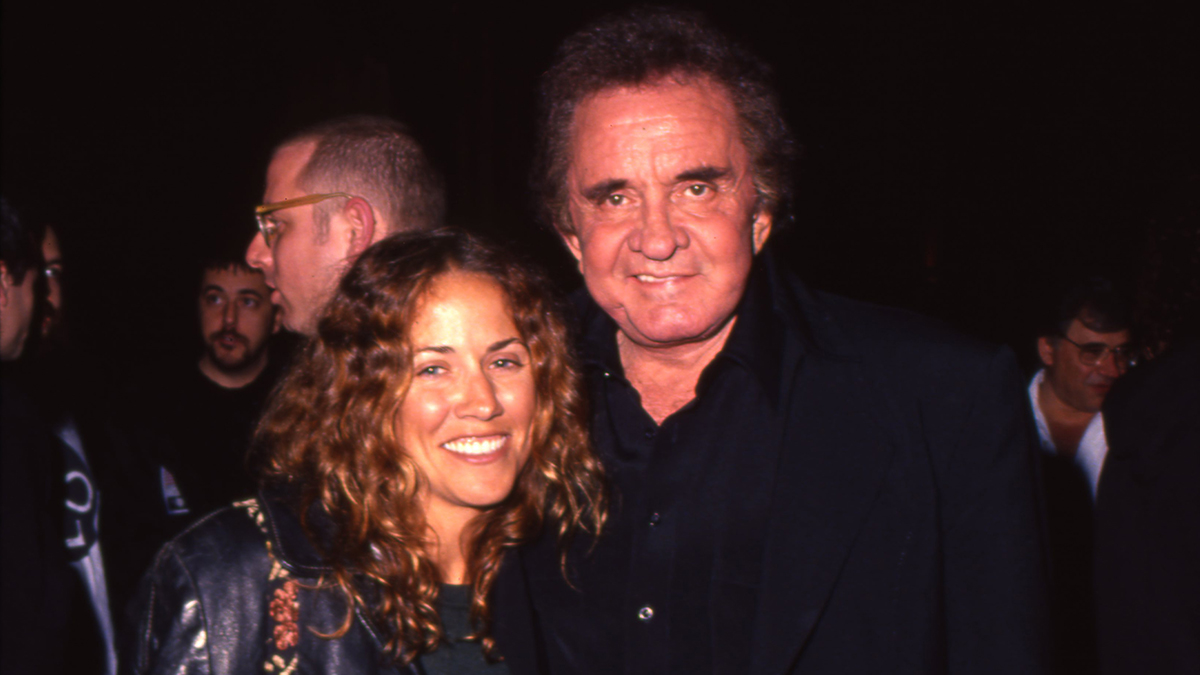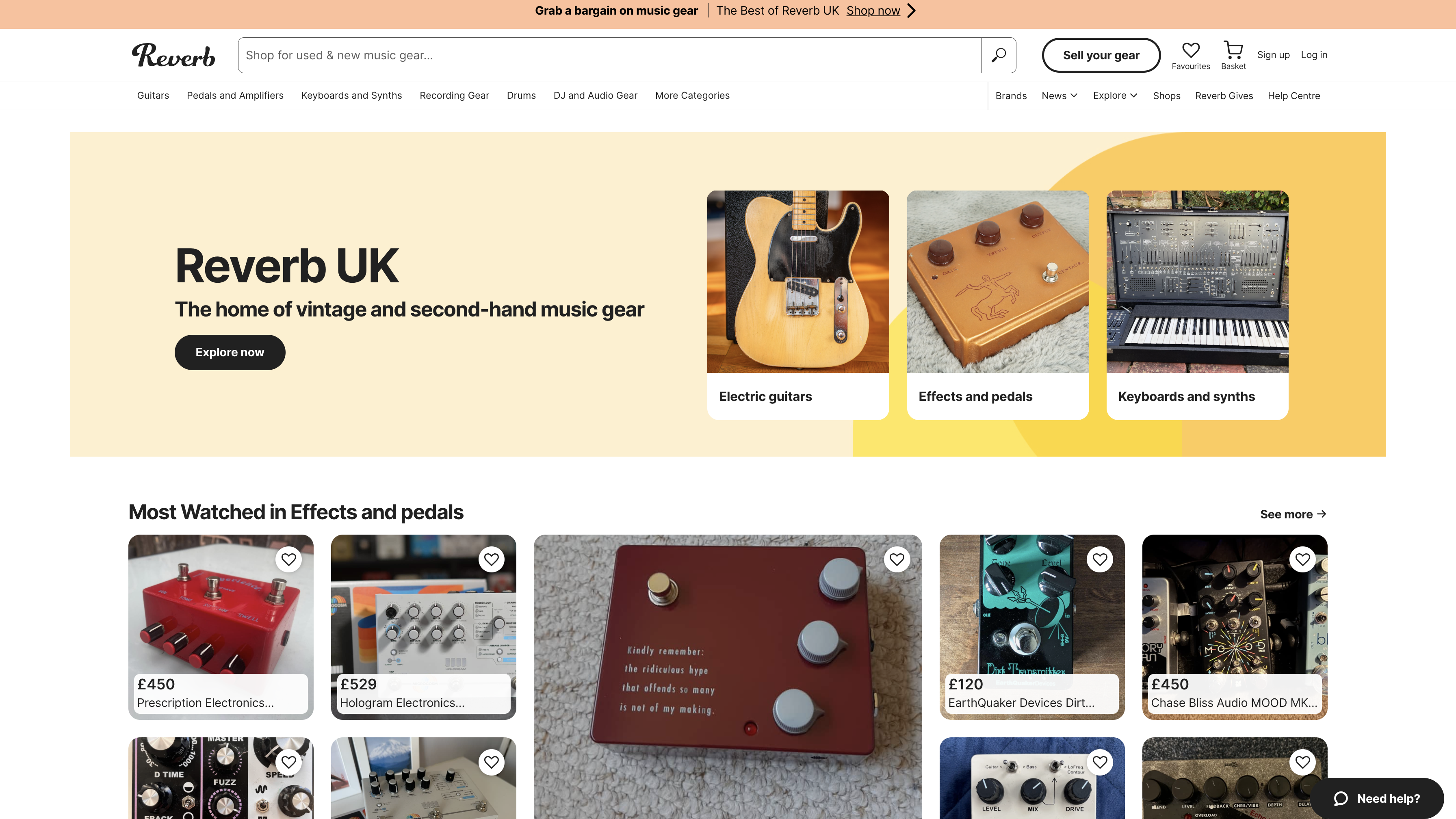NAMM 2025: Roland makes a cheeky bid for performance keyboard supremacy with the new V-Stage 76 and 88
Red end panels? We’re sure we’ve seen those somewhere before…
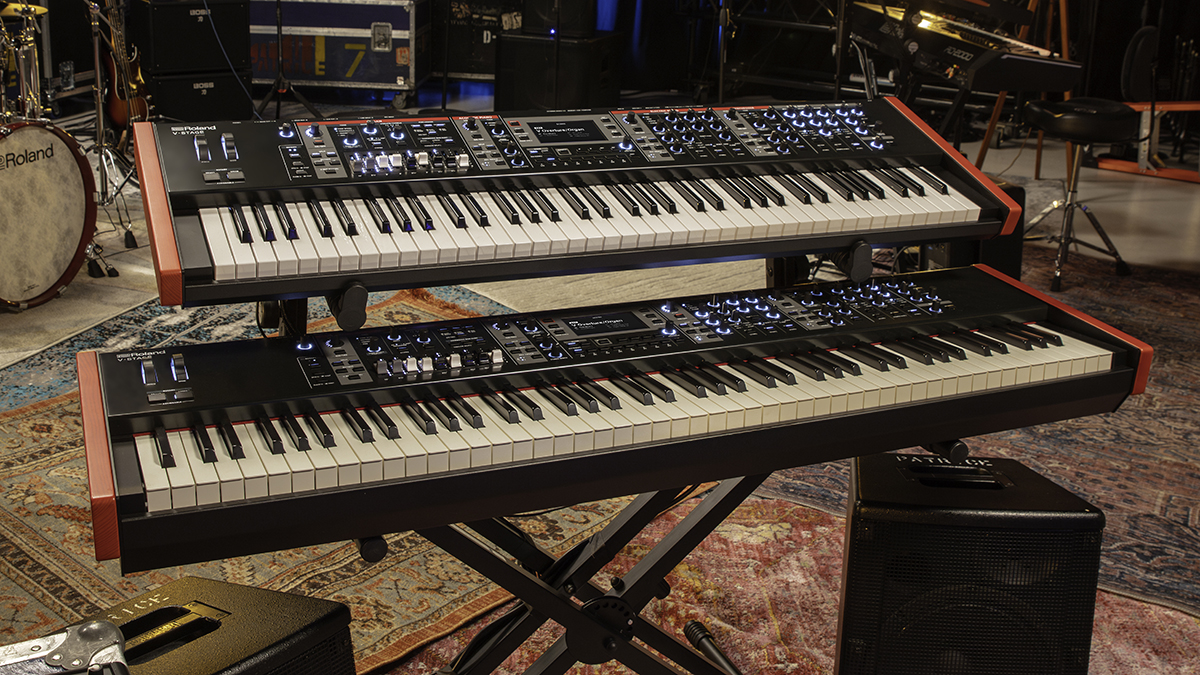
NAMM 2025: Roland has released plenty of stage pianos in the past, but the new V-Stage looks like something a little different. Indeed, it feels like Roland is parking its considerable tanks directly on Nord’s lawn with this one, right down to those red wooden end cheeks.
It’ll take more than that to displace the likes of the Nord Stage and Yamaha CP88/73 from their headline slots, though, so what does the V-Stage have on its rider? Quite a lot, it turns out, starting with four independent sound engines.
Powered by Roland’s V-Piano technology, the Acoustic Piano section kicks things off. There are two concert grands, an upright and a felt piano, all of which promise the usual combination of tonal authenticity, playability and nuance.
The Electric Piano engine, meanwhile, is apparently new for the V-Stage, and based on the latest iteration of Roland’s SuperNatural technology. There are reed, digital and Clav instruments, while hands-on effects include tremolo, an amp sim, MFX processing and the intriguing Sound Lift Knob, which is designed to help you cut through in a dense mix.
Over in Organ land, Roland’s Virtual Tone Wheel technology powers a three-layer console organ, two transistor models and a pipe organ, with drawbars and percussion controls giving you that classic feel. And of course, you also have overdrive, vibrato/chorus and rotary speaker emulations to work with, along with a brake control and adjustable mic positioning.
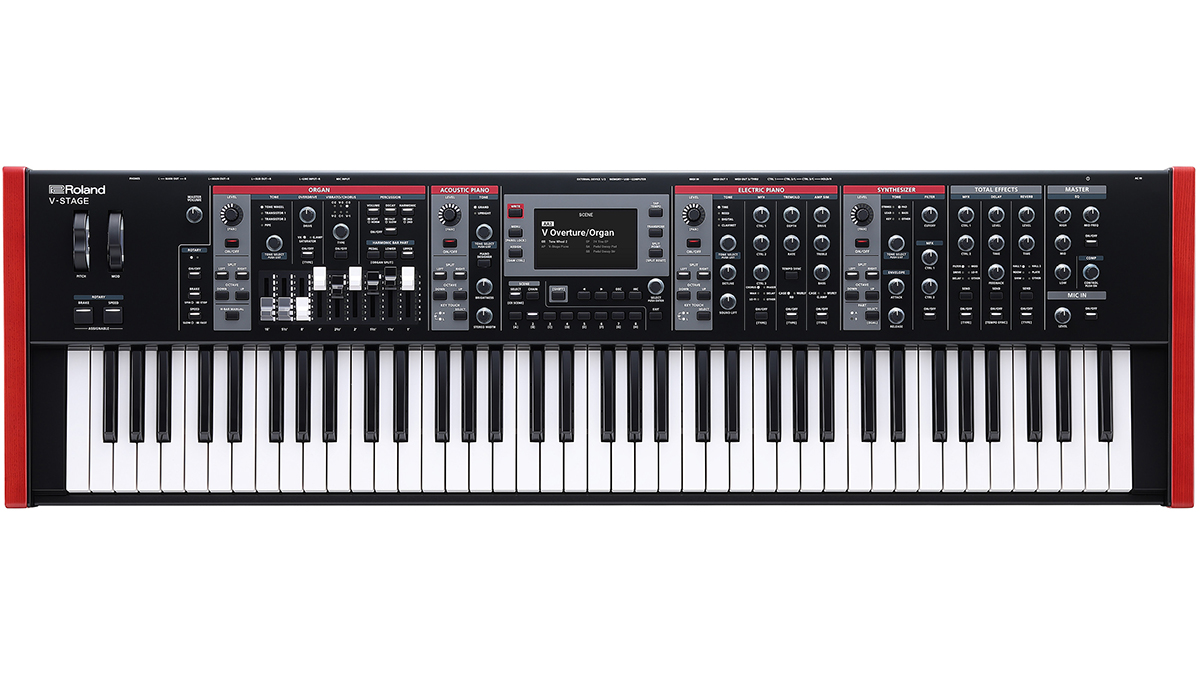
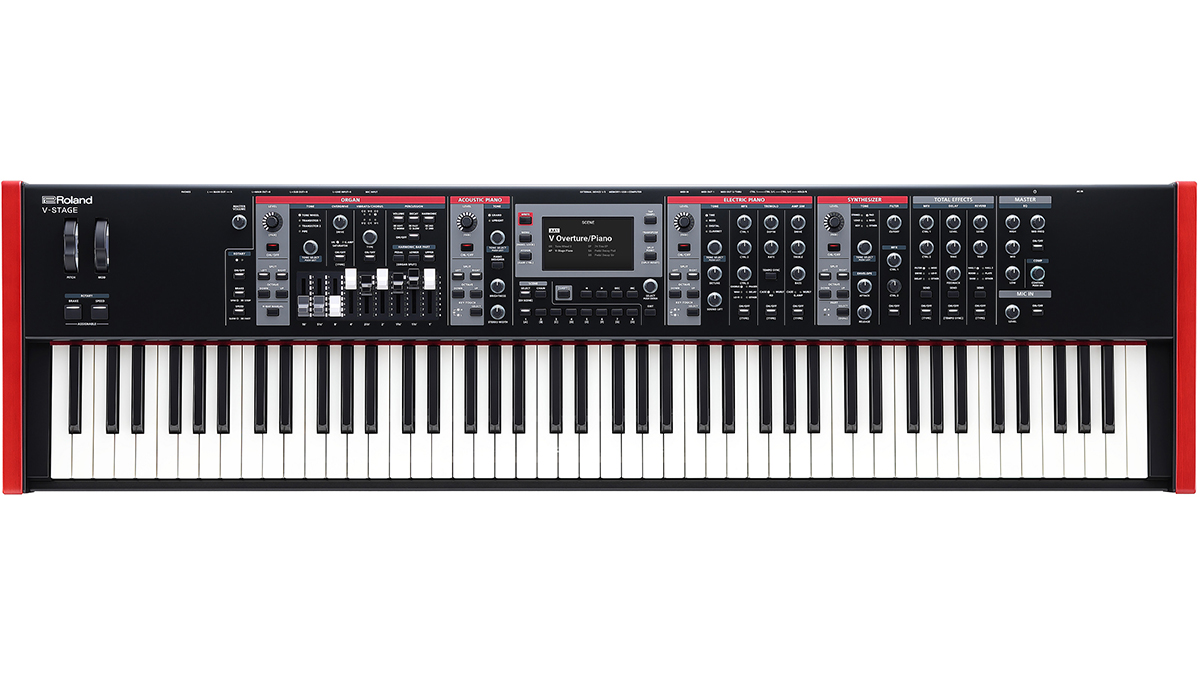
Things get potentially even more interesting in the Synthesizer section, where the tried and tested Zen-Core engine powers 400-plus built-in tones. You can use two parts simultaneously, while hands-on controls include attack, release, filter and more.
And sure enough, V-Stage is also compatible with the Roland Cloud, so you can add more patches and sounds as you wish. We’re led to believe that Modal Expansion emulations of the Jupiter-8, Juno-106 and other Roland classics come free with the V-Stage, so you’ve got some good stuff to play with right out of the gate.
Get the MusicRadar Newsletter
Want all the hottest music and gear news, reviews, deals, features and more, direct to your inbox? Sign up here.
Perhaps the biggest test of the V-Stage’s viability, though, will be how intuitive it is. Performers need fast and easy access to their most-used features, and Roland thinks it’s giving them this via a well-designed front panel, an LCD screen and clearly labelled controls. There’s a substantial library of effects, a Master section with EQ and compression, and 512 Scene memories so that players can save complete keyboard setups for later recall. Scenes can also be chained together for fast access while on stage.
Connectivity options, meanwhile, include XLR mic and stereo line inputs, and USB-C, which enables both audio and MIDI interfacing. You can choose between 76- and 88-note models: the former has a semi-weighted waterfall keyboard that will suit organ players in particular, while the latter is weighted with a hammer-action, making it ideal for pianists.
The V-Stage 76 costs $3,500/£3,027/€3,499, while the V-Stage 88 is yours for $4,000/£3,459/€3,999. Both should be available right about now, and you can find out more on the Roland website.

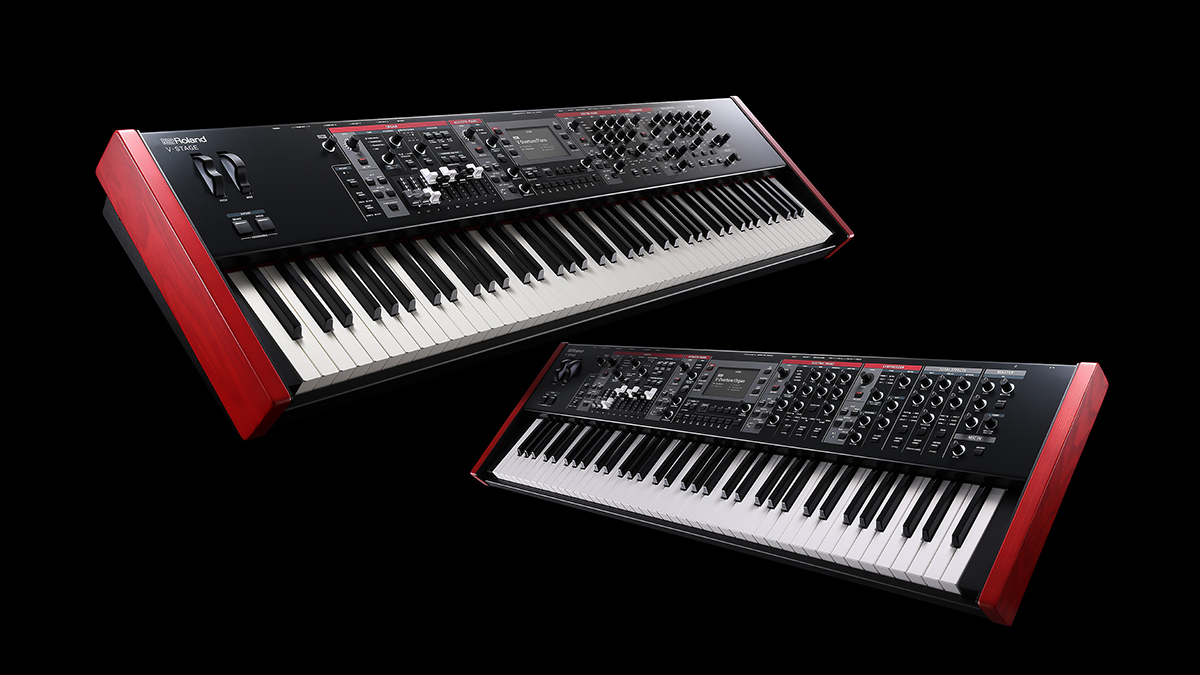

I’m the Deputy Editor of MusicRadar, having worked on the site since its launch in 2007. I previously spent eight years working on our sister magazine, Computer Music. I’ve been playing the piano, gigging in bands and failing to finish tracks at home for more than 30 years, 24 of which I’ve also spent writing about music and the ever-changing technology used to make it.
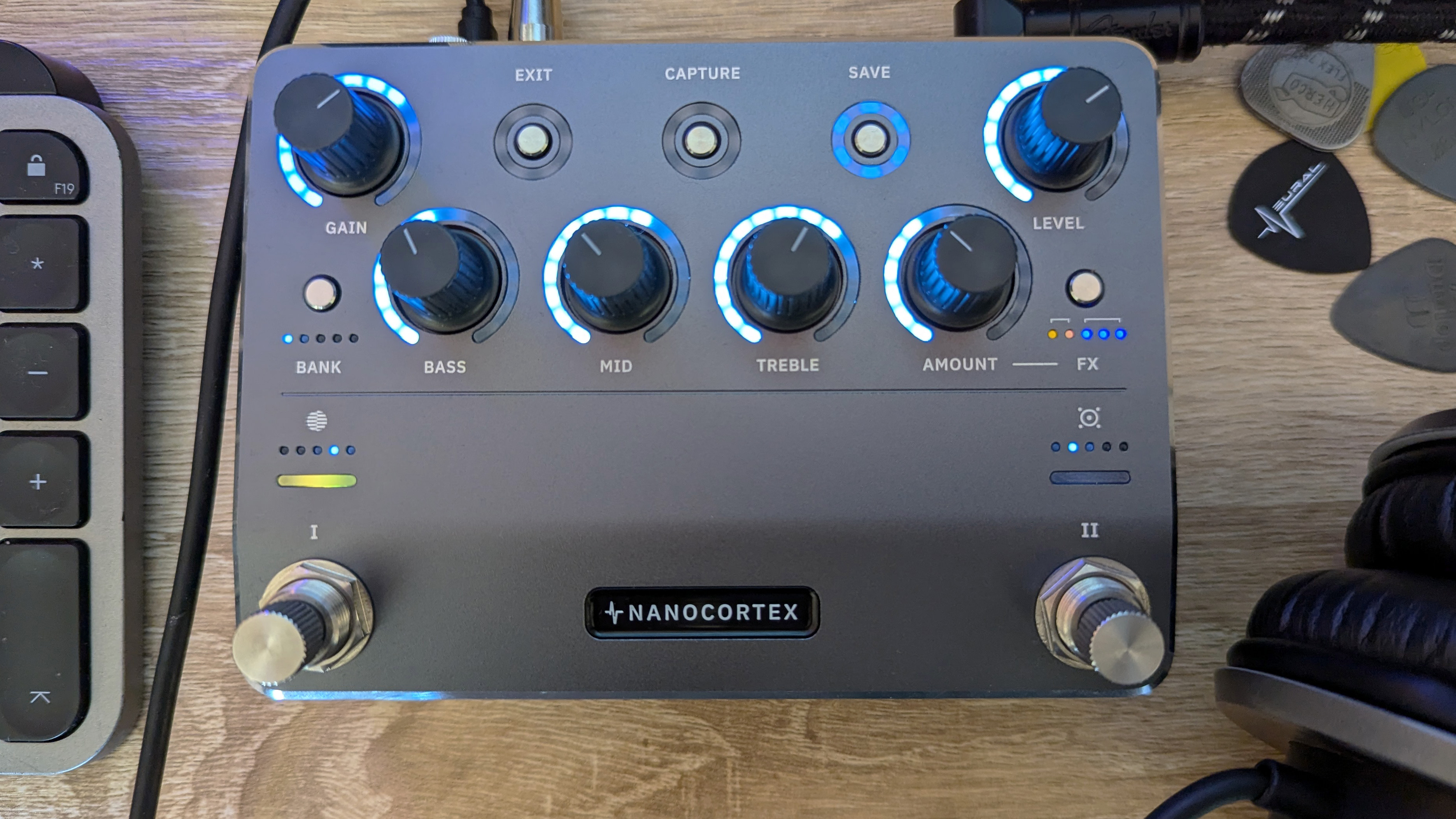
![Gretsch Limited Edition Paisley Penguin [left] and Honey Dipper Resonator: the Penguin dresses the famous singlecut in gold sparkle with a Paisley Pattern graphic, while the 99 per cent aluminium Honey Dipper makes a welcome return to the lineup.](https://cdn.mos.cms.futurecdn.net/BgZycMYFMAgTErT4DdsgbG.jpg)
